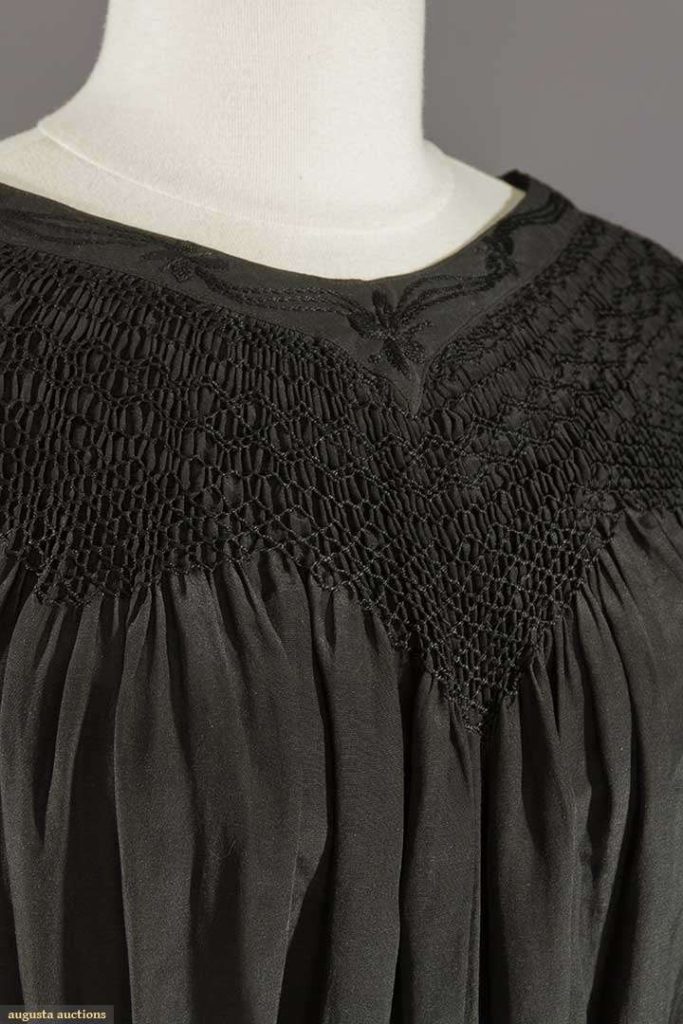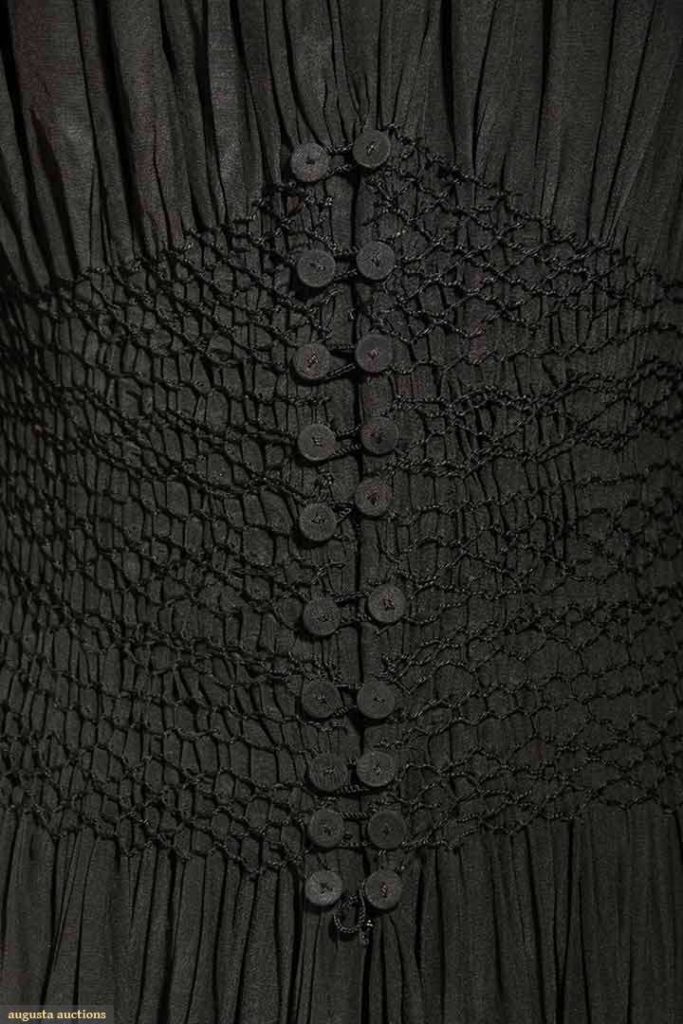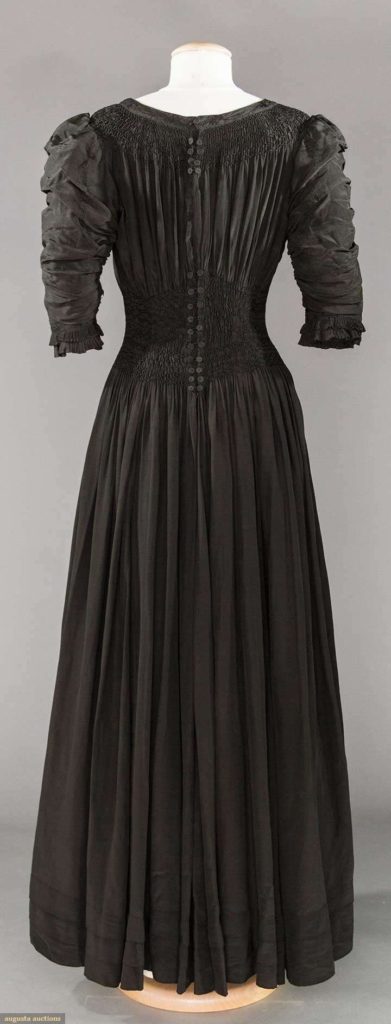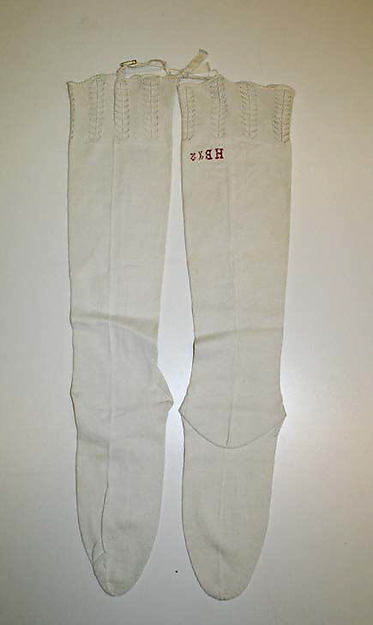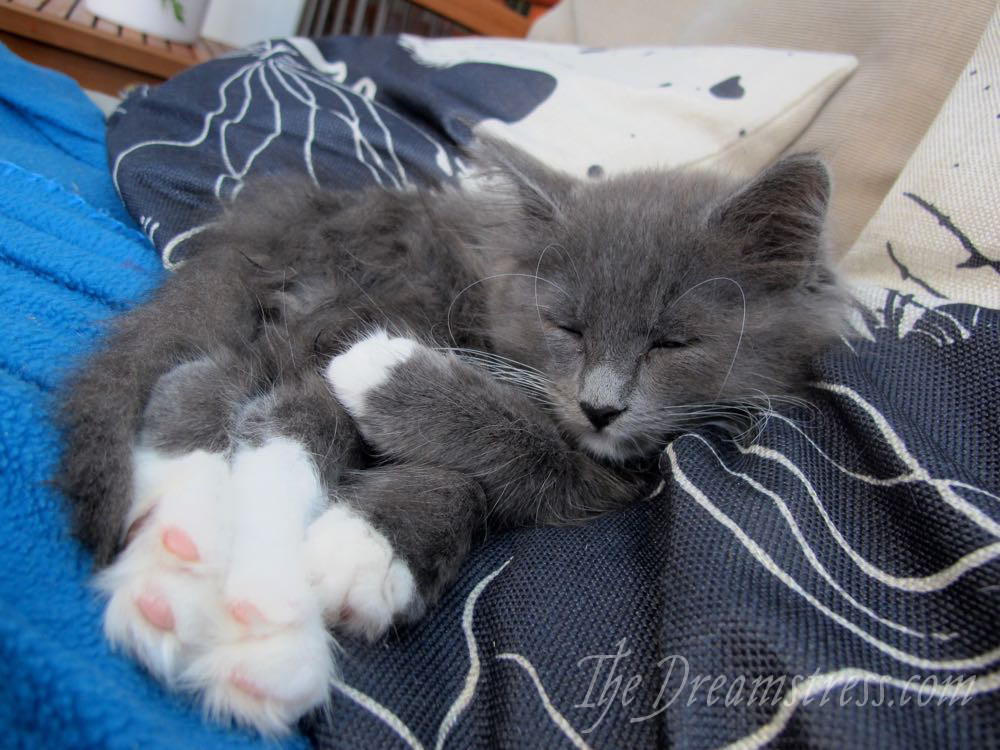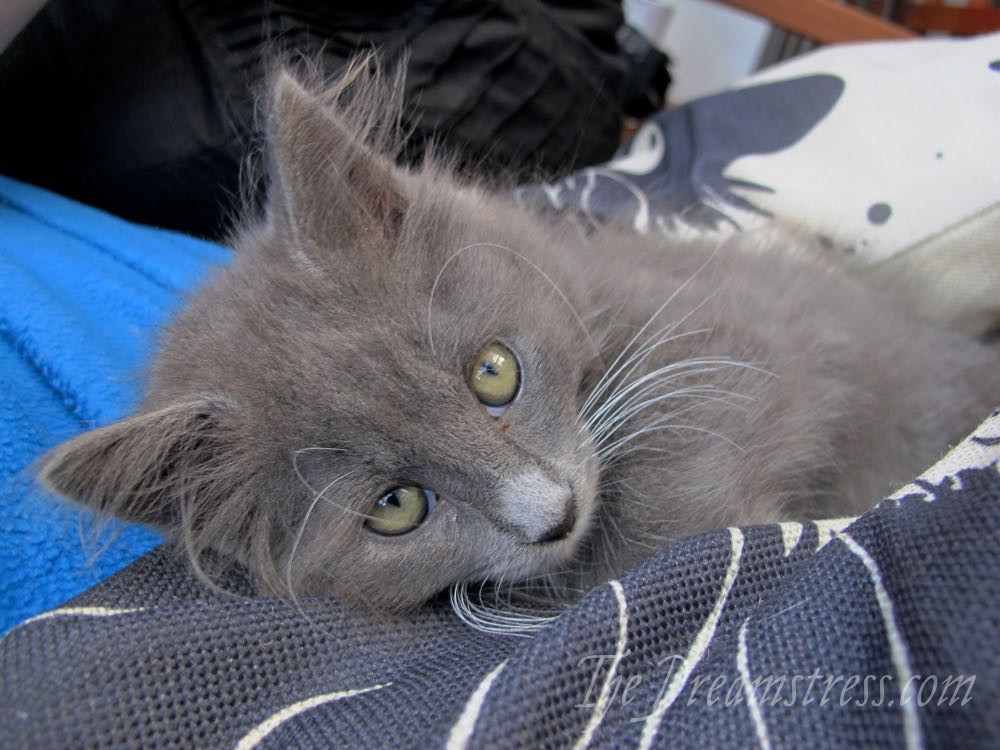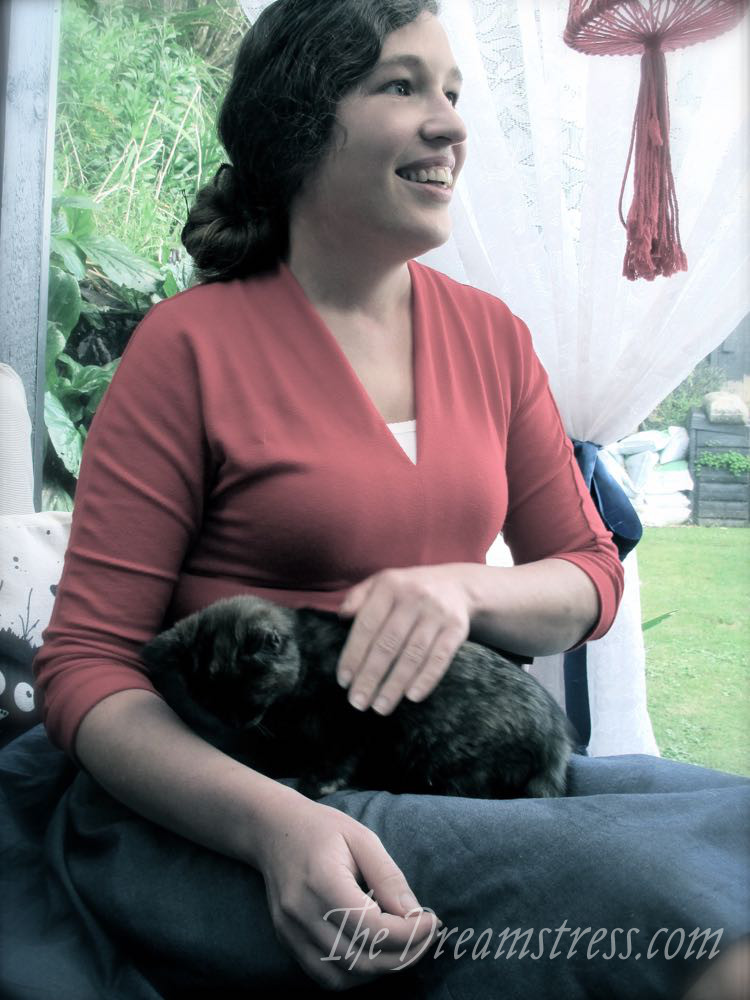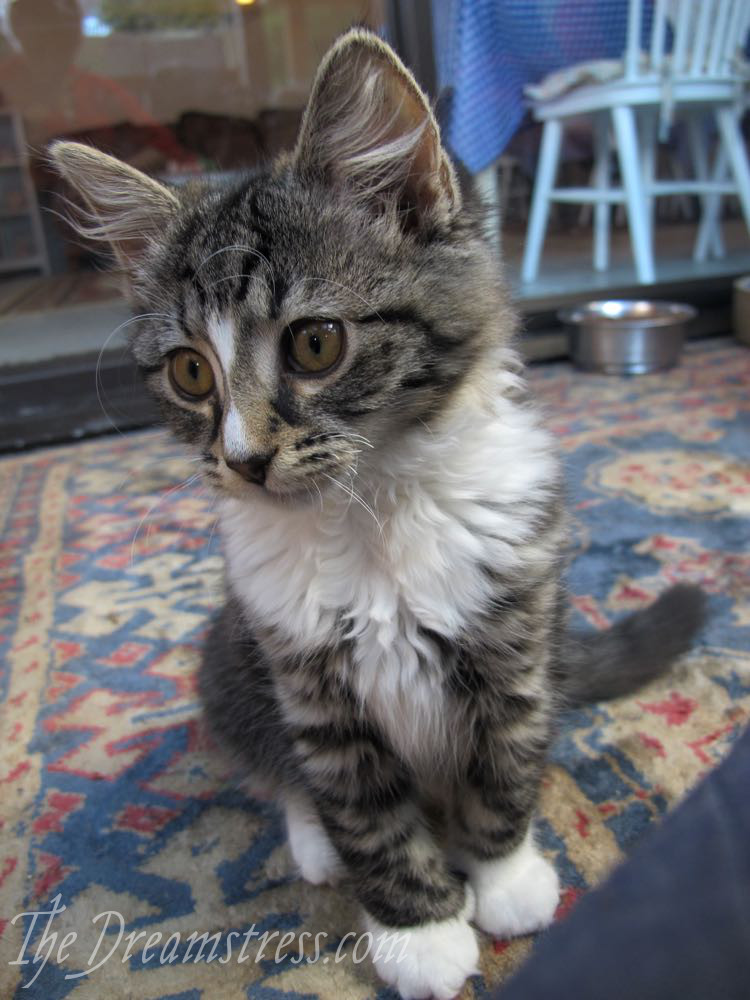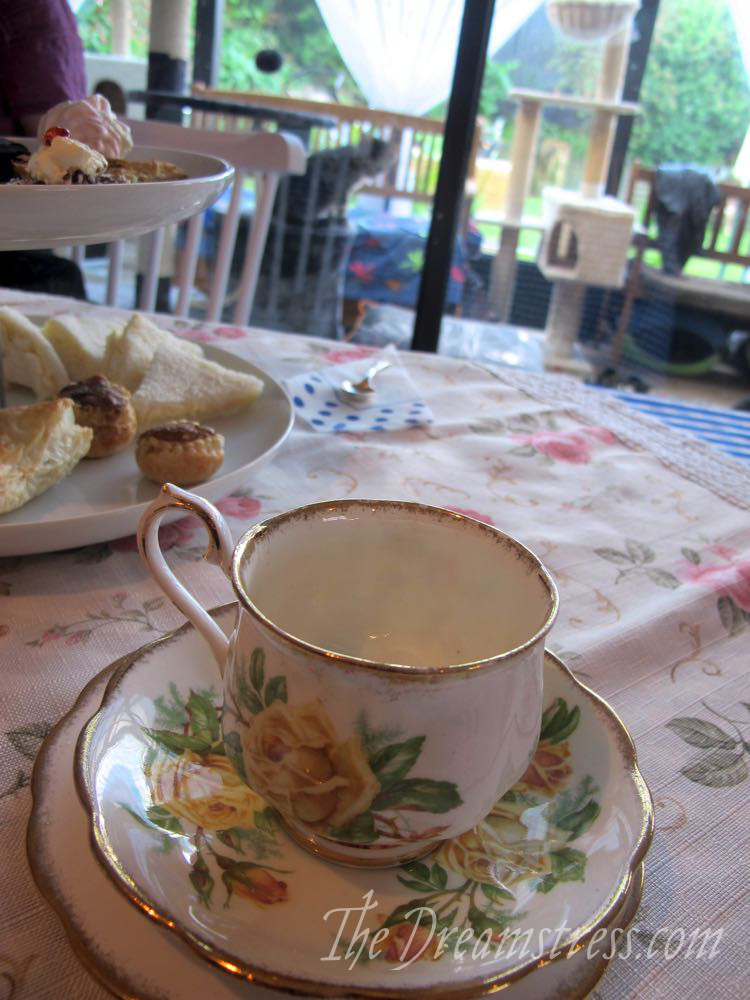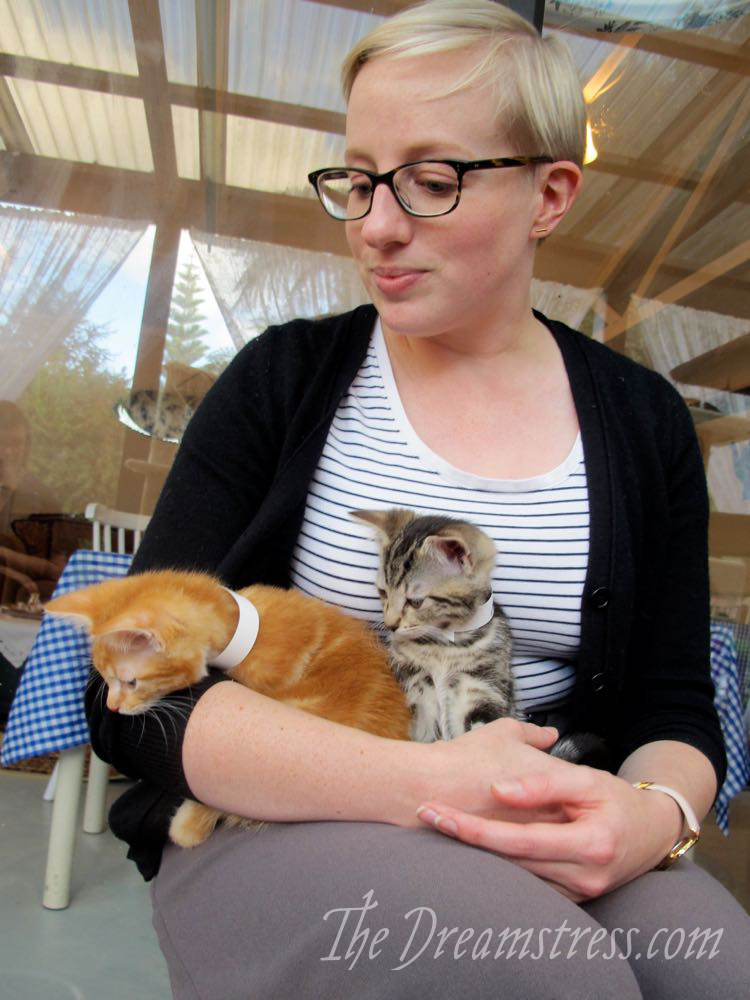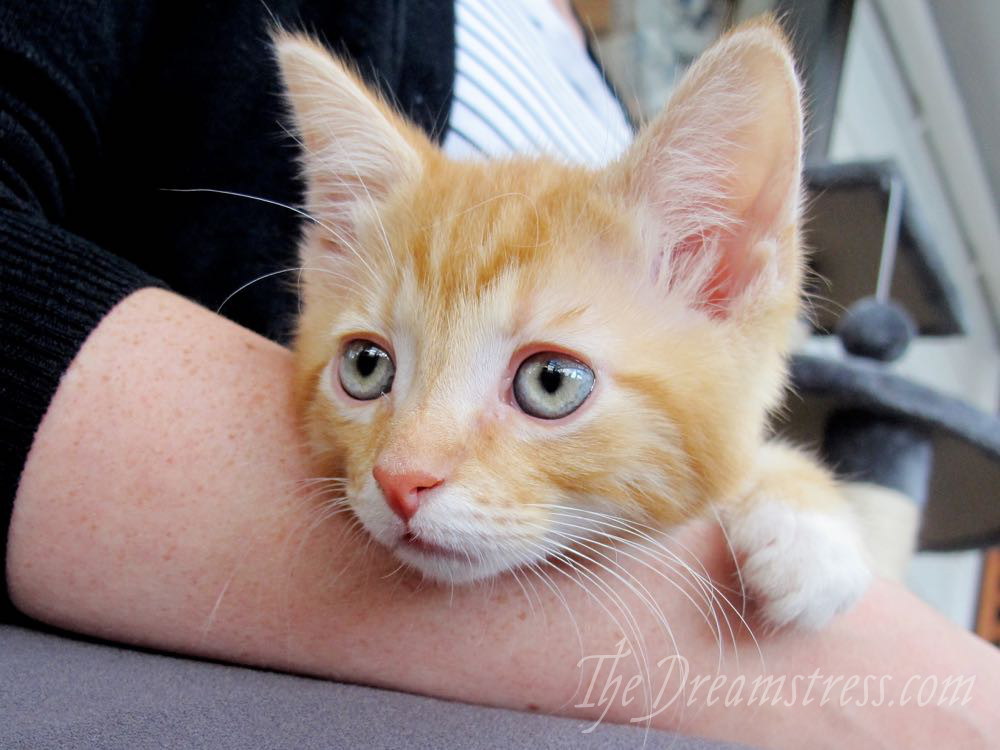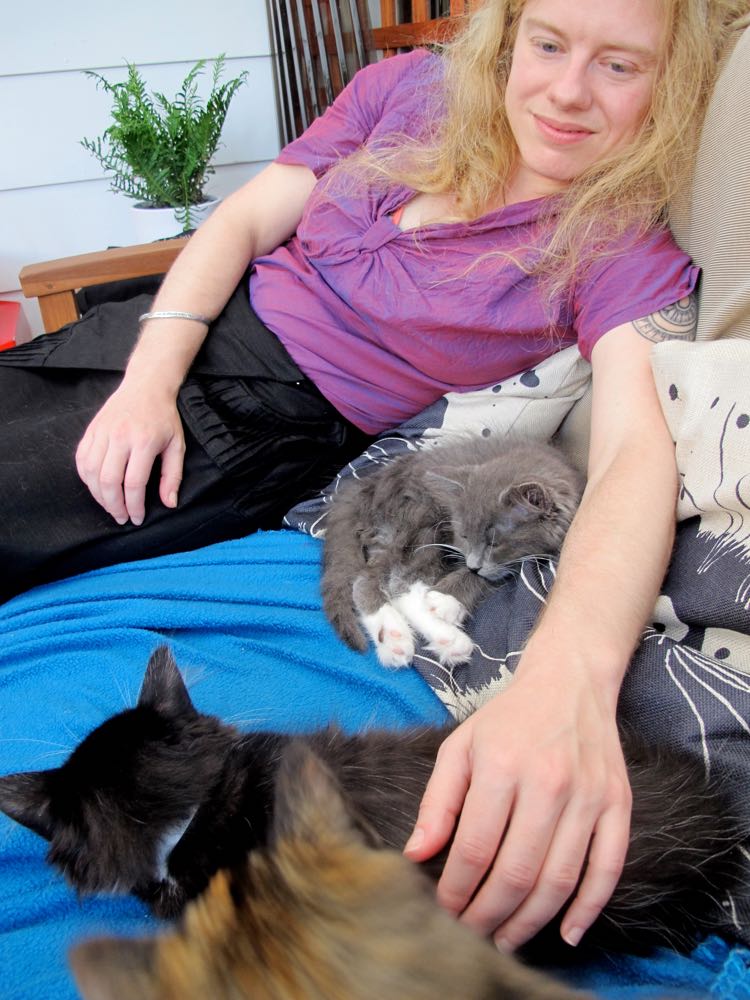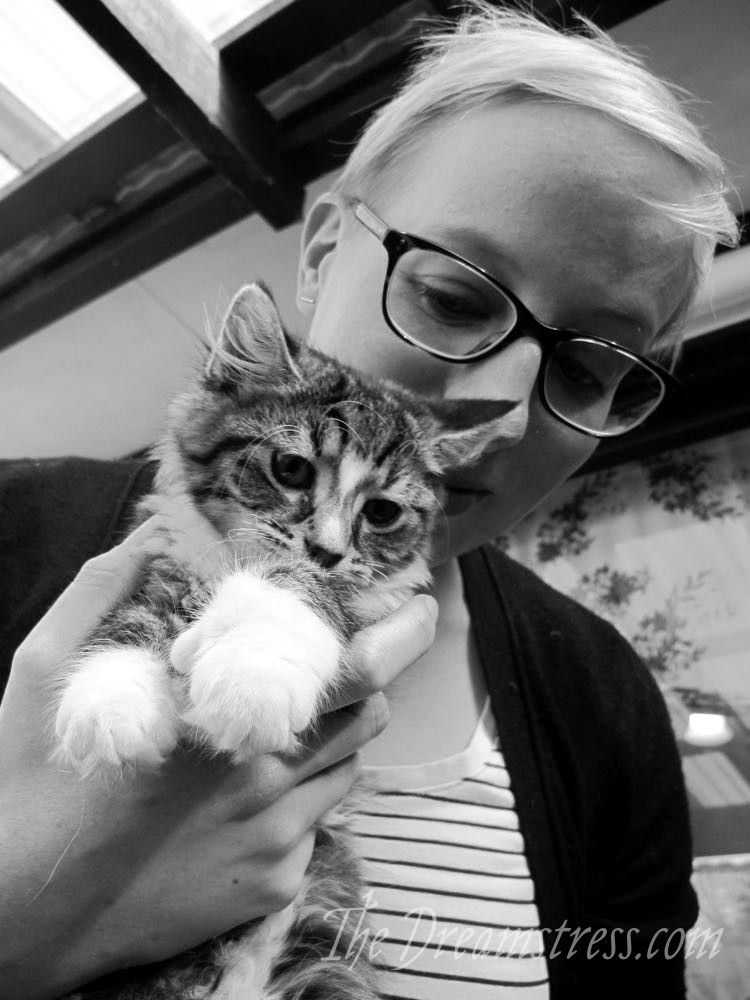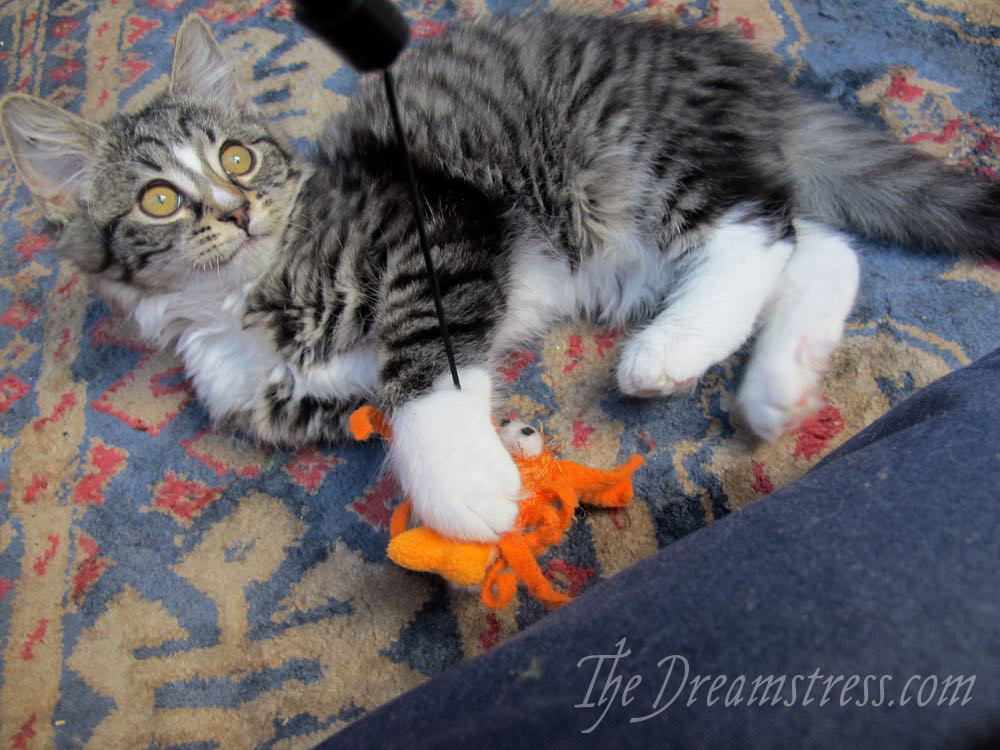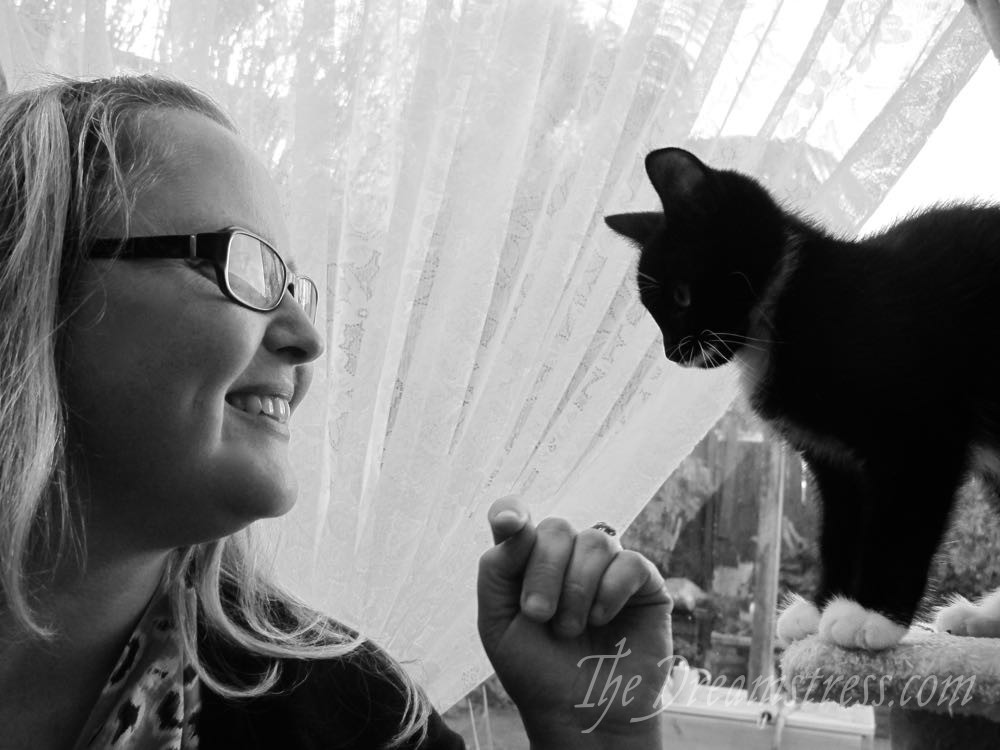The Historical Sew Monthly Challenge #5 for 2017 is Literature.
The written word has commemorated and immortalised fashions for centuries, from the ‘gleaming’ clothes that Trojans wore before the war, to Desdemona’s handkerchief, ‘spotted with strawberries’, to Meg in Belle Moffat’s borrowed ballgown, and Anne’s longed for puffed sleeves.
In this challenge make something inspired by literature: whether you recreate a garment or accessory mentioned in a book, poem or play, or dress your favourite historical literary character as you imagine them.
To inspire you, here are some literary clothing quotes, and the historical examples they might have been referring to. My examples are mainly of women’s dress: fellow mod Bránn of Matsukaze Workshops will be writing about men’s clothes in literature shortly (but I couldn’t resist slipping in a few male examples anyway.)
I could never better stead thee than now. Put money in thy purse. Follow thou the wars, defeat thy favor with an usurped beard. I say, put money in thy purse. It cannot be long that Desdemona should continue her love to the Moor–put money in thy purse–nor he his to her.
~ Shakespeare, Othello, Act 1, Scene 3, Page 14. 1603
She perceived a gentlemen of that delicacy for a man as she was struck with wonder, his sweetness and fairness such as the rarest painters must confess themselves unable to counterfeit such perfections, and so exquisite proportion. He had a mantle richly embroidered in pearl and gold, the colour of that and his other apparel being watchet* suitably embroidered; his hair fair and shining, so young he was as he had but the sign of a beard. Arms he had none, save a sword to defend himself, or offend his enemies
~ Lady Mary Wroth, The Countess of Montgomery’s Urania. 1621
Watchet is light or sky blue. Urania is the earliest known published work of English prose fiction by a woman.
My choice is from a few decades later than Wroth’s work, simply because it matches the description so perfectly:
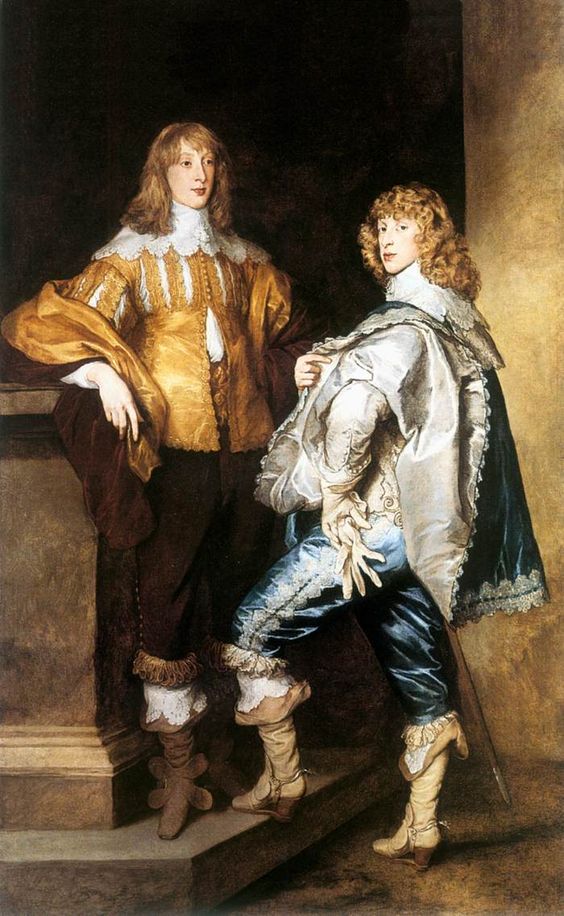
Lord John Stuart and his Brother Lord Bernard Stuart, 1638, Anthony Van Dyck
I dressed myself in a flower’d Satten, that was my Lady’s, that looked quite fresh and good, and which was given me at first by my master; and the ladies, who had not seen me out of my homespun before, made me an abundance of fine compliments, as soon as they saw me first.
~Samuel Richardson, Pamela; or, Virture Rewarded. 1740
Pamela gives us quite a few clothing descriptions, as Pamela mentions most of the garments that she is given by her master, Mr B, which had previously belonged to his mother, to whom Pamela was maidservant, and compares them to the homespun she wore as maid:

Paul Sandby, 1731-1809, British, Two Girls Carrying a Basket, undated, Graphite, watercolor gouache and pen and brown ink on medium, cream, slightly textured laid paper, Yale Center for British Art, Paul Mellon Collection
Due to the phenomenal popularity of Pamela, there are numerous illustrations for the book, and other artworks, though most depict Pamela in fashionable dress, even when showing her as a maid, especially after Richardson ‘gentrified’ Pamela’s speech and origins in subsequent editions of Pamela, due to criticism over the social gap between the maid and her lecherous employer-later-husband.

Mr B. Finds Pamela Writing, Joseph Highmore, 1743-4; Tate Collection
I wish you could take the white and silver to be married in. It’s the worst luck in the world, in anything but white.
~ Oliver Goldsmith, The Good-Natur’d Man. 1768
Goldsmith’s maid’s fretting over her mistresses’ choice of gown for her elopement is one of the earlier pieces of written evidence of an association between white frocks and weddings (though Pamela also chooses a ‘rich white Sattin night-gown’, ‘night-gown’ for her wedding frock). However, the maid’s superstition may not have been widely known before the play: there is also evidence the play helped popularise white wedding frocks, such as this 1770s gown:

Gown and petticoat worn by Miss Sarah Boddicott, for her wedding to her second cousin, Samuel Tyssen on 28 September 1779, at St John’s church in Hackney, London, Spitalfields, London, 1775 – 1780 (weaving) 1779 (sewing) 28:09:1779 (worn) 1870 – 1910 (altered), Unknown, Silk, linen, silver spangles, silver strip, whalebone; hand woven textile and fringe, hand sewn, Victoria & Albert Museum, T.80&A-1948
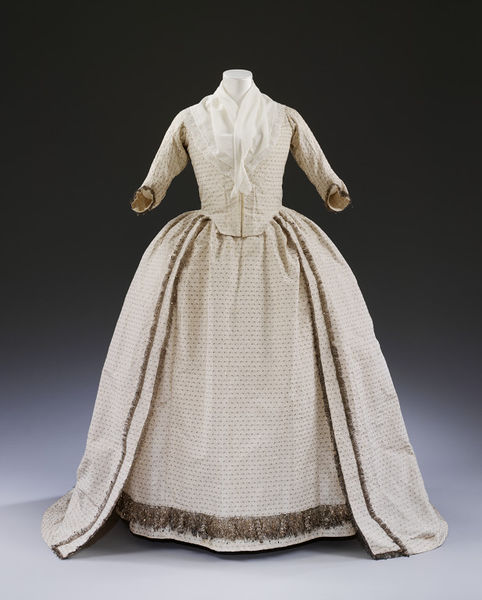
Gown and petticoat worn by Miss Sarah Boddicott, for her wedding to her second cousin, Samuel Tyssen on 28 September 1779, at St John’s church in Hackney, London, Spitalfields, London, 1775 – 1780 (weaving) 1779 (sewing) 28:09:1779 (worn) 1870 – 1910 (altered), Unknown, Silk, linen, silver spangles, silver strip, whalebone; hand woven textile and fringe, hand sewn, Victoria & Albert Museum, T.80&A-1948
Dress is at all times a frivolous distinction, and excessive solicitude about it often destroys its own aim. Catherine knew all this very well; her great aunt had read her a lecture on the subject only the Christmas before; and yet she lay awake ten minutes on Wednesday night debating between her spotted and her tamboured muslin, and nothing but the shortness of the time prevented her buying a new one for the evening.
Jane Austen, Northanger Abbey, written 1803, published 1817
Jane Austen’s personal writing and letter reveal that she loved clothes, and paid a great deal of attention to them, but descriptions of dress in her published novels are spare: instead, she uses a focus on dress to gently mock her characters. In the above description one suspects that Austen knew Catherine’s dilemma very well on a personally!
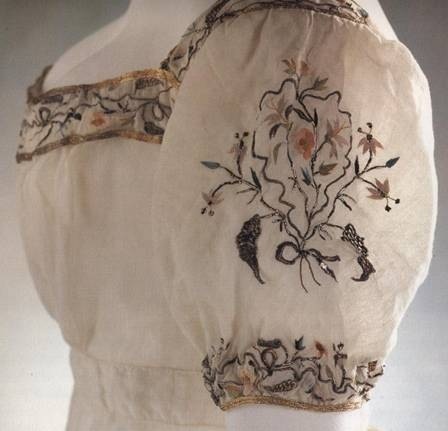
Muslin evening dress 1812-1815. Embroidered with single strands of very fine silk, the stalks are embroidered in silver gilt thread.
After tea, when Mr. Van Brunt was gone, and the tea things cleared away, Ellen had the pleasure of finding out the mystery of the brass kettle and the white maple bark. The kettle now stood in the chimney corner. Miss Fortune, seating herself before it, threw in all of Ellen’s stockings, except one pair, which she flung over to her saying, “There – I don’t care if you keep that one.” Then tucking up her sleeves to the elbows, she fished up pair after pair out of the kettle, and wringing them out, hung them on chairs to dry. But, as Ellen had opined, they were no longer white, but of a fine slate colour.
~ Elizabeth Wetherell (aka Susan Warner), The Wide, Wide World, 1850
The Wide, Wide World is one of my least favourite pieces of historical writing, because Wetherell’s heroine is snobbish, classist, spoiled and solves all her problems by sitting down and crying until someone rescues her. By modern standards, I can find a lot more to admire in the villain of the work: Miss Fortune, who is a ‘bad’ woman according to the mores of the time, because she disdains pointless class distinctions, and dares to live alone, earn her own living, and marry for mutual respect, irregardless of social standing.
That aside, the book has some of the best descriptions of textiles, clothing, and sewing paraphernalia, including a detailed inventory of a sewing kit. The paragraph about dyeing white cotton socks to a more practical colour is also wonderfully delicious!
I never feel as if I was dressed right. My things seemed elegant at home, and I thought I’d be over over-dressed if anything; but I look contrified and dowdy here. No time or money to change now, even if I knew how to do it,” answered the other, glancing anxiously at her bright pink silk gown, trimmed with silk lace.
~ Louisa May Alcott, Jo’s Boys, 1886
This gown is definitely a lighter pink, and probably far more expensive, than the one Alcott describes, but I suspect that Alcott would have found it anything but simple and elegant.

Evening dress, 1884, Abiti Antichi?
It was understood that at eleven o’clock the women and children of the summer colony had the sea to themselves. First the women undressed, pulled on their bathing dresses and covered their heads in hideous caps like sponge bags…
~ Katherine Mansfield, At the Bay, 1922

How a girl should dress for the sea, 1906, Girl’s Own Paper
Flora’s own dress was harmonious in tones of pale and dark green. She wore no jewels, and her long coat was of viridian velvet.
~Stella Gibbons, Cold Comfort Farm. 1932
I imagine it as something like this, but in celadon rather than olive green, with dark jade insets, instead of sequins:
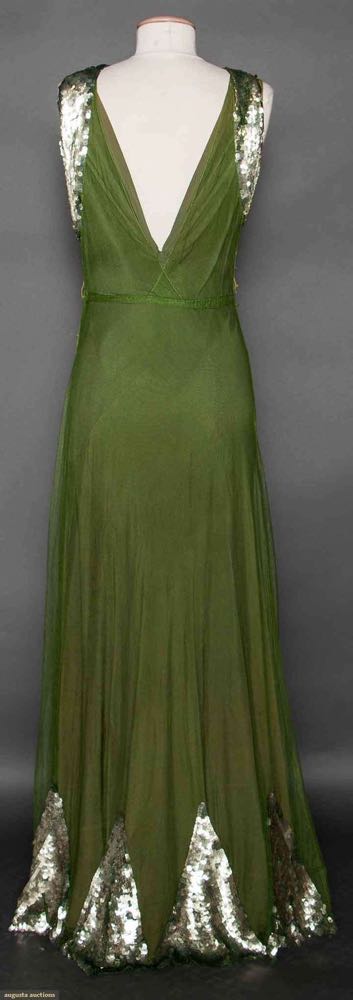
Sequinned evening gown,1930s (back view) Olive green cotton net, sleeveless, low cut B, wide band of silver sequins for Hi collar, long skirt w: pattern of sequined triangles at hem, heavy silk bias cut matching underdress, Augusta Auction
And this, in the aforementioned viridian:
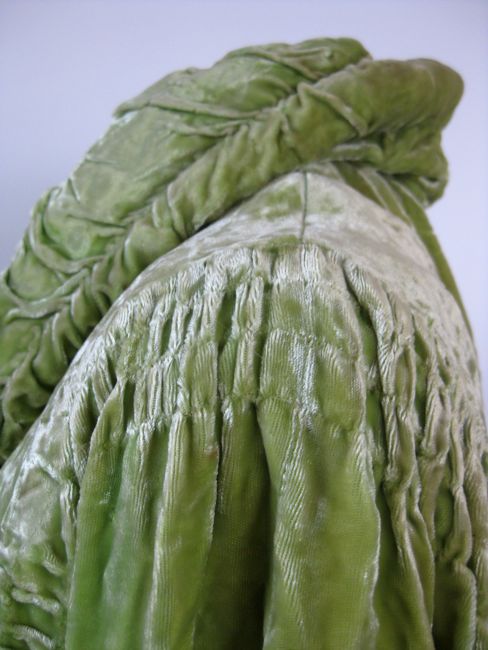
1930s evening jacket of rayon velvet, personal collection
Interestingly, although Flora advises Elphine against dull green, every single item of her own dress which is described by colour in Cold Comfort Farm is green.
Hope you enjoyed the tour through some of my favourite literary clothing mentions. What are yours? Please do share and help with the inspiration!
